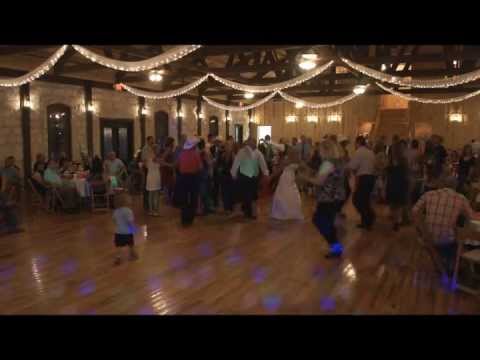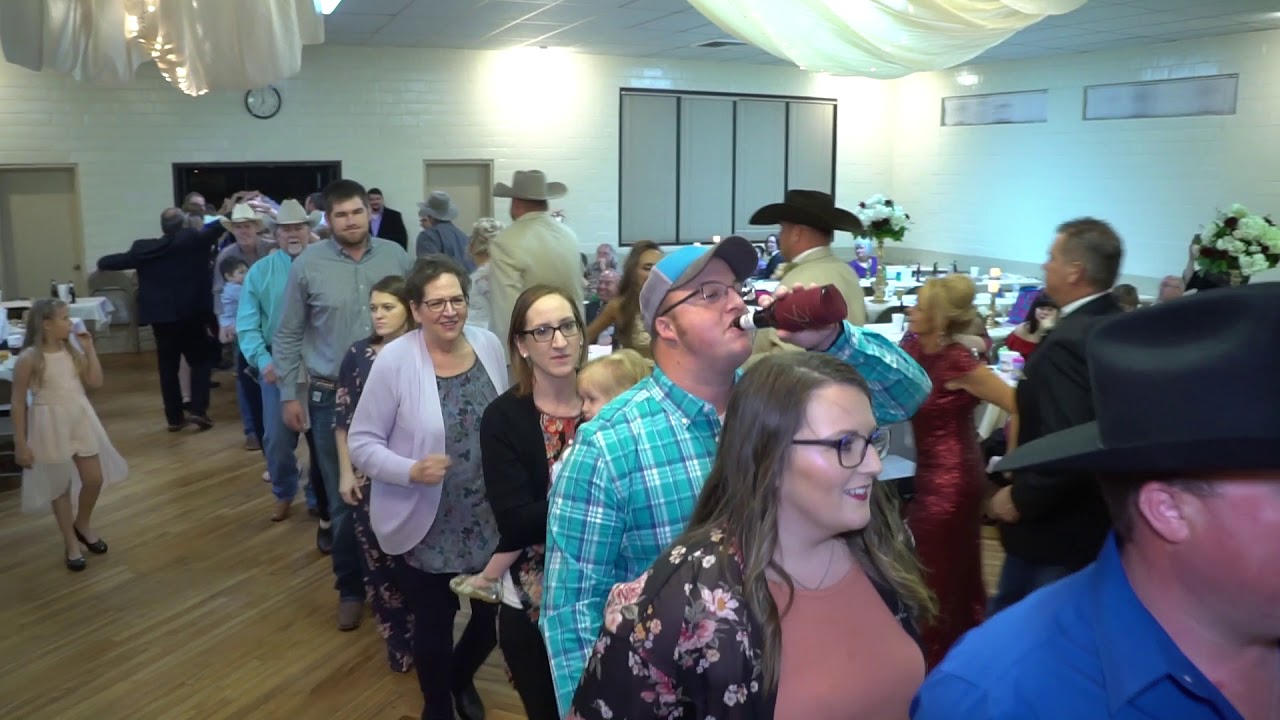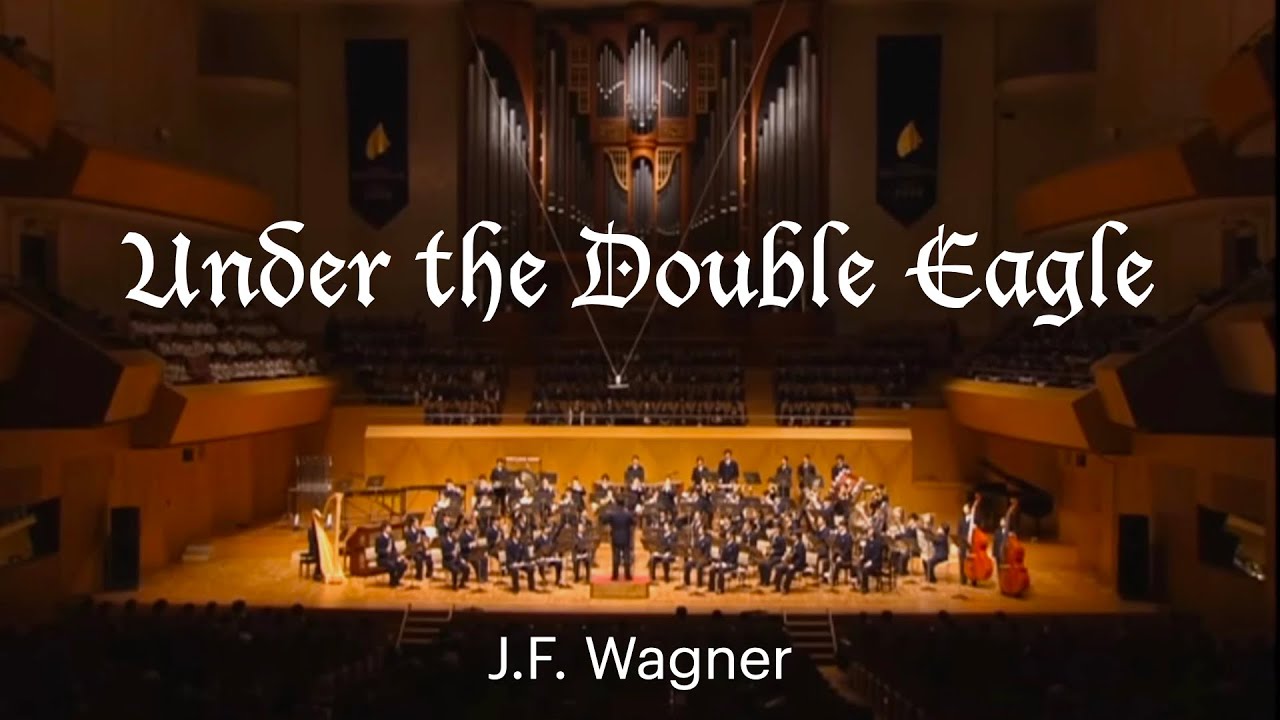A typical wedding itinerary consists of a few rituals and customs that honor the couple’s heritage and culture. They choose to include these rites, whether in the ceremony or reception, to recognize where they come from and keep the traditions alive.
A Grand March is an exciting dance that marks the beginning of a fascinating, traditional wedding reception. This dance is typically seen among communities with Texan-Czech and Texan-German ancestry. More information about Grand Marches at weddings is provided below.
What is a Grand March at a Wedding? Everything You Need to Know
History of Grand Marches at Weddings
The exact origins of a Grand March are challenging to trace. Texans with Czech ancestry would say the tradition has Slavic roots. However, Texans with German ancestry will insist that it came from their culture.
In the 19th century, the Grand March was part of a wedding reception itinerary as the evening’s first major dance. The event’s host, emcee, or an honorable guest kickstarts the dance.
Regardless, what we know today as a Grand March began as a ritual among peasants as a part of their marriage rites. Two families would come together, dance with one another, and celebrate the union of a couple in their village.
How the Grand March Takes Place
The Grand March is popularly performed while the song “Under the Double Eagle” plays in the background. Although it is a march, folks can do a shuffle or a two-step — whichever suits their fancy.
The ceremony begins with the master of the ceremony’s boisterous announcement, “Line up for the Grand March!” The participants will line up in pairs, with the eldest and most experienced couple starting the dance.
After the eldest couple, the newlyweds follow suit. This order symbolizes the wealth of knowledge and wisdom the couple can gain from someone who has been married for decades. By literally following in their footsteps, they can look forward to a long and happy marriage.
Afterward, the couple’s parents, grandparents, and bridal party — in this order — join the march.
Once the entire wedding party is in, the rest of the guests can join the march. If someone is worried about joining the dance alone, the beauty of this tradition is that anyone can partner up with anybody; not only is it a wonderful way to break the ice, but it can also be a matchmaking experience.
At one point during the Grand March, the couple goes their separate ways. They dance in different areas for some time.
Ultimately, there is another answer to the question, “What is a Grand March at a wedding?”: storytelling. Everyone’s entrance signifies the coming together of two hearts, two lives, and two communities. Meanwhile, the couple’s separation during the dance symbolizes the ups and downs of every marriage.
The newlyweds join together once again, representing that even though couples fight, there is nothing they cannot overcome.
The music transitions to a slower, softer, and more romantic rendition. The ambiance of the venue changes. The couple shares a hug, and they proceed to have their first dance. To create a sense of privacy, everyone in the dance approaches the couple, puts their arms around them, and dances in tandem.
The abovementioned symbolism is further illustrated by the guests raising their arms, hands interlocked with their partners’, creating a tunnel for the newlyweds to walk through. As they encounter more hardships, their love grows stronger.
The guests then create one long row, resembling a serpent. As the line grows longer, it will bend and turn; this represents the many shapes and twists life will take throughout their lives.
Reversing the earlier formation, the couples will then form a tunnel with their hands raised. The guests can make their way under the tunnel, symbolically reinforcing the newlyweds’ bond.
At the end of a Grand March, the couple becomes the center of concentric circles. Their closest relatives form one circle, close friends form another, and the rest of the guests form the largest and outermost circle.
What Song to Play During the Grand March at a Wedding
As mentioned above, the most common song to play at a Grand March is J. F. Wagner’s “Under the Double Eagle.” Wagner was a military music composer, and the title refers to the double eagle in Austria-Hungary’s coat of arms.
However, couples have more freedom with what song to use for their wedding Grand March nowadays. Another usual choice is “Na Rozloučenou,” a Czech song.
The song itself has to be upbeat with positive and joyful lyrics, serving to get everyone in the mood for the festivities during the reception. In some cases, couples may even choose which song to play based on their preferences.
Final Thoughts
A Grand March at a wedding is a traditional folk dance that tells a heartwarming story and binds a community together. It is an excellent way to kick off your reception — it can even act as your wedding party introductions.
Just make sure to coordinate with your wedding DJ or emcee to make the most of this awesome and significant custom.


